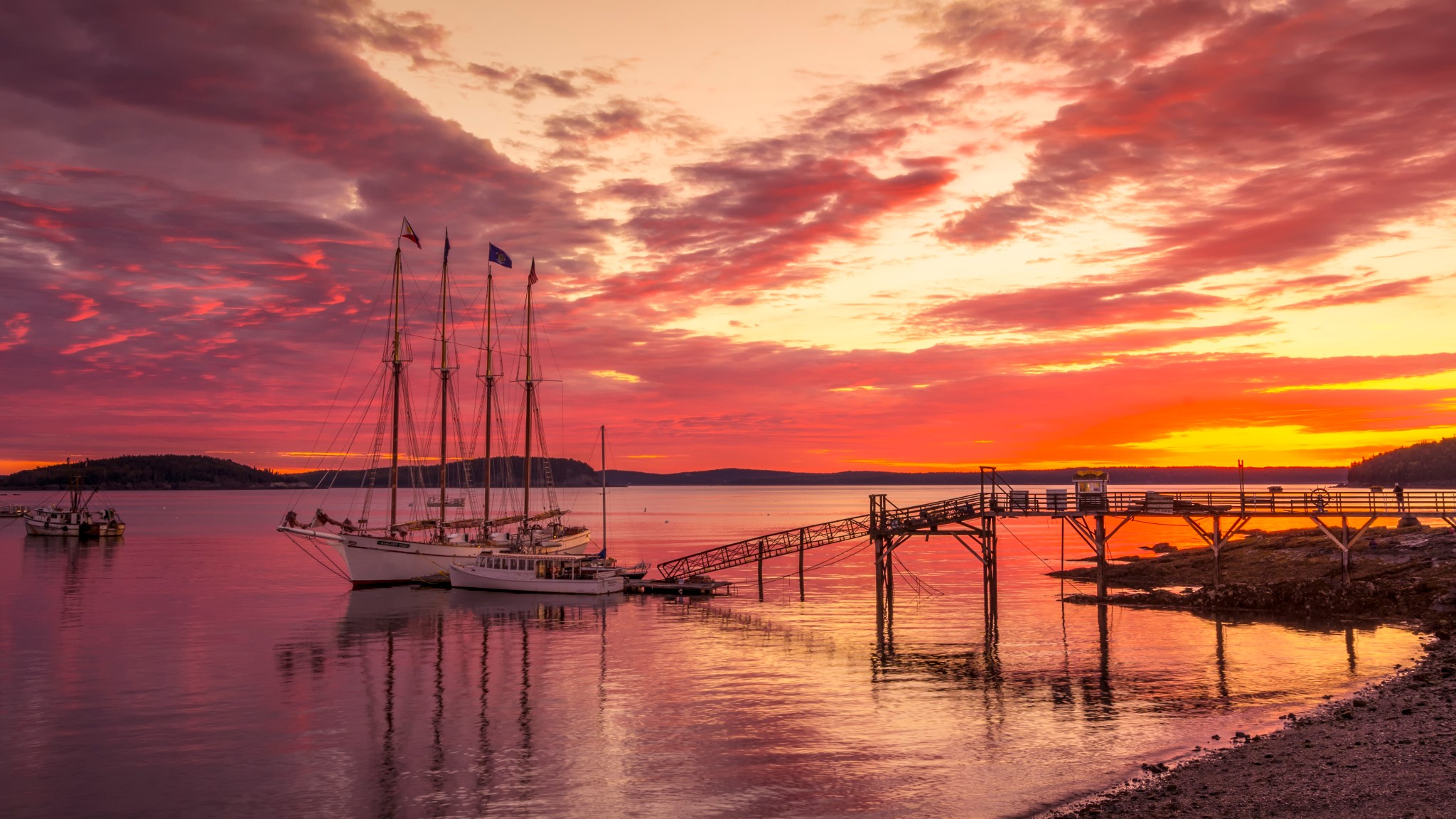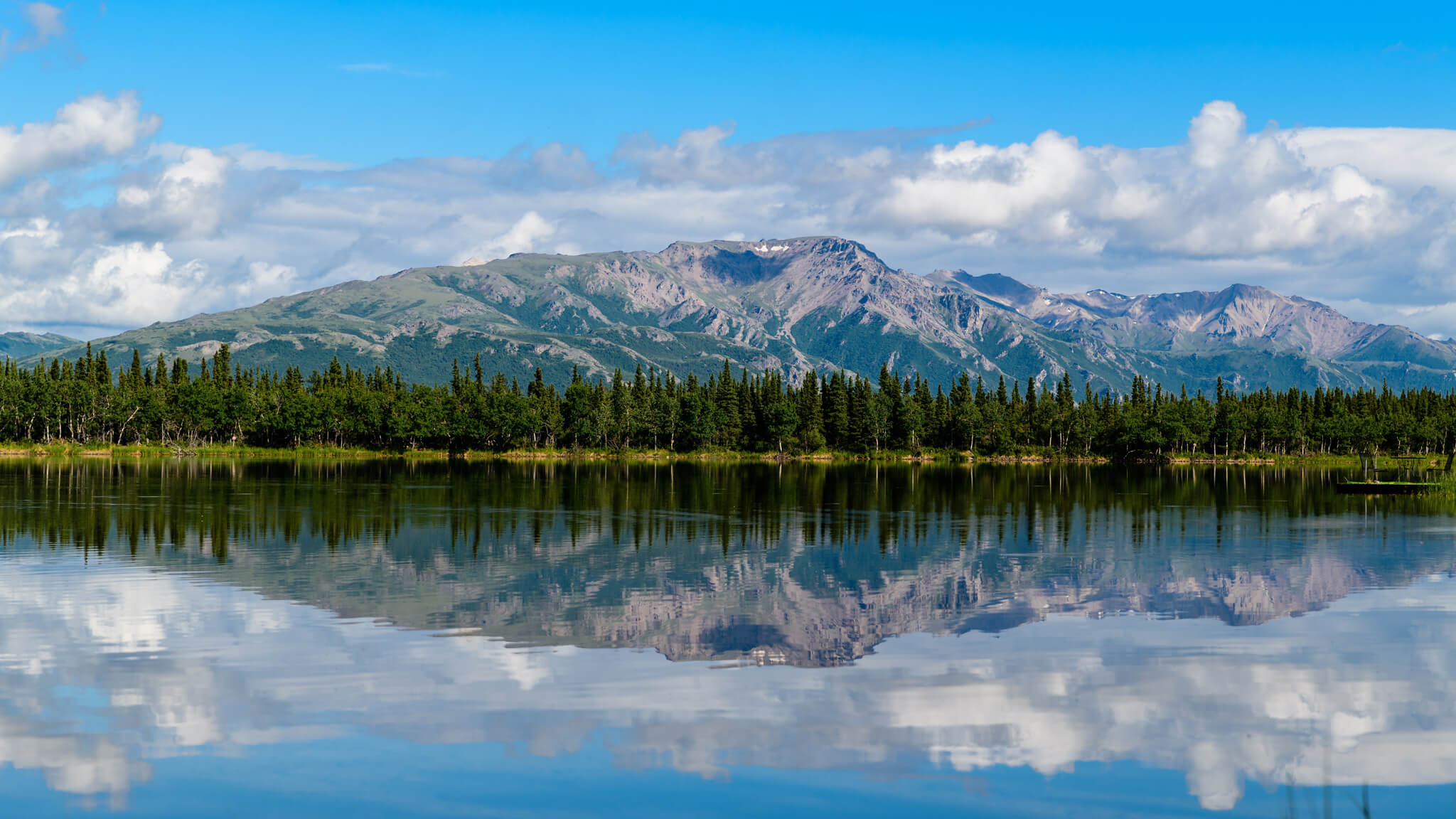Hidden Treasures and Secret Beaches of Dry Tortugas
For an exciting escape during our Everglades to Key West tour, the remote group of islands known as the Dry Tortugas offer a dream-like dip into the past. With hidden treasures and secret beaches and much more, they hold a serenity all their own.
Accessible only by boat or seaplane, these 7 keys sit amidst turquoise waters. Teeming with marine wildlife, they also host migratory birds, and vibrant coral reefs. They are part of the largely unknown Dry Tortugas National Park. Here much of protected wildlife is also listed as endangered. The keys’ location was a strategic shipping channel and a prime route for access to the Gulf of Mexico from the Atlantic Ocean. From shipwrecks and natural treasures to the iconic Fort Jefferson, one can see why it’s been called the ‘experience of a lifetime’ by researchers, adventurers and veteran travelers.
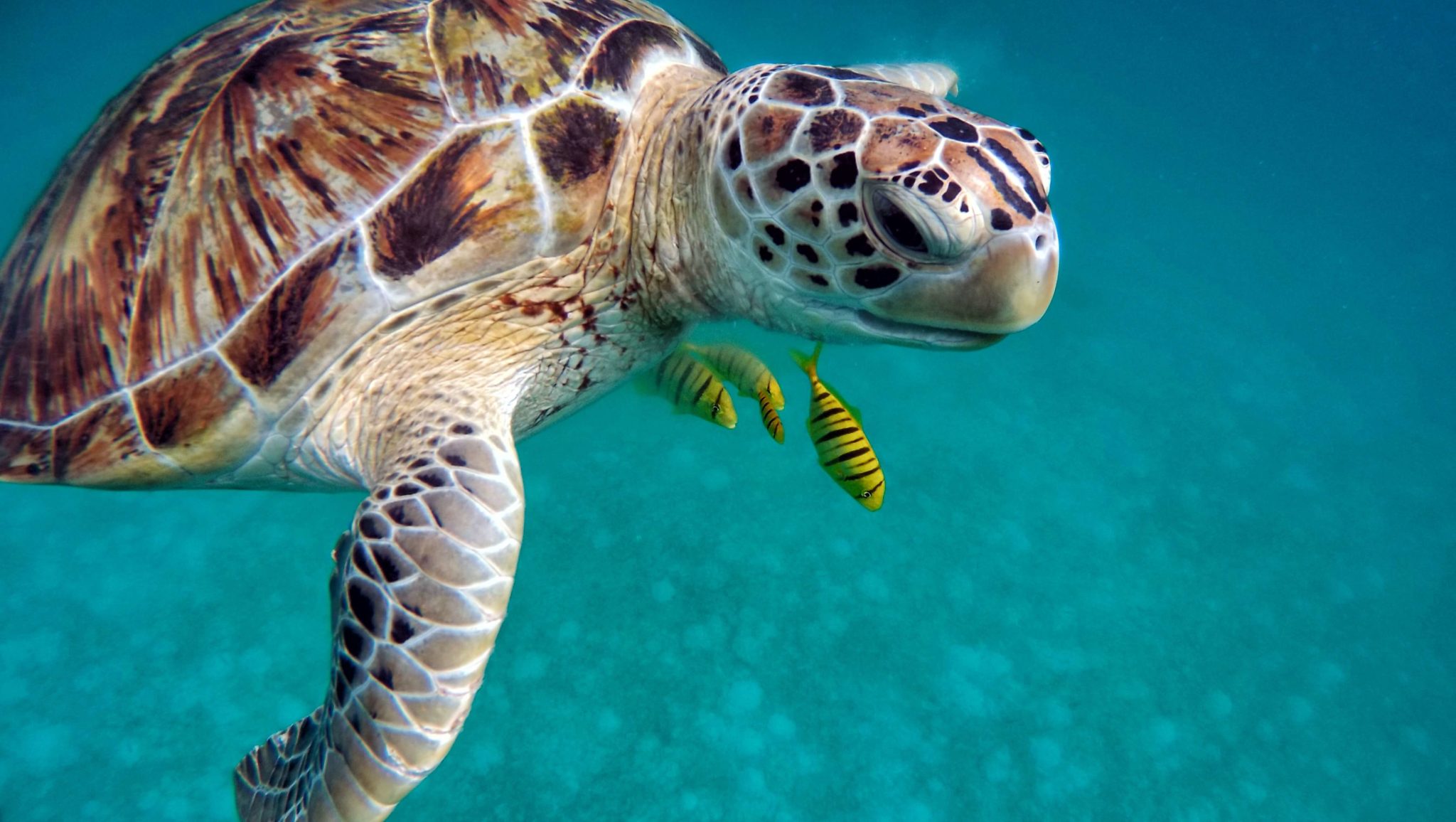
Green Sea Turtle
Marine Life
First discovered by Europeans in 1513, the Spanish named them the Dry Tortugas. “Dry” was to note the absence of any freshwater springs. “Tortugas” means turtles and the islands host a multitude of these majestic creatures. Five different species are found in the sea south of Florida. These include loggerhead (Caretta caretta), leatherback (Dermochelys coriacea), green turtle (Chelonia mydas), Kemp’s ridley (Lepidochelys kempi), and hawksbill (Eretmochelys imbricata). The protected beaches of Dry Tortugas National Park have long existed as an ideal location for sea turtles to bury their eggs.
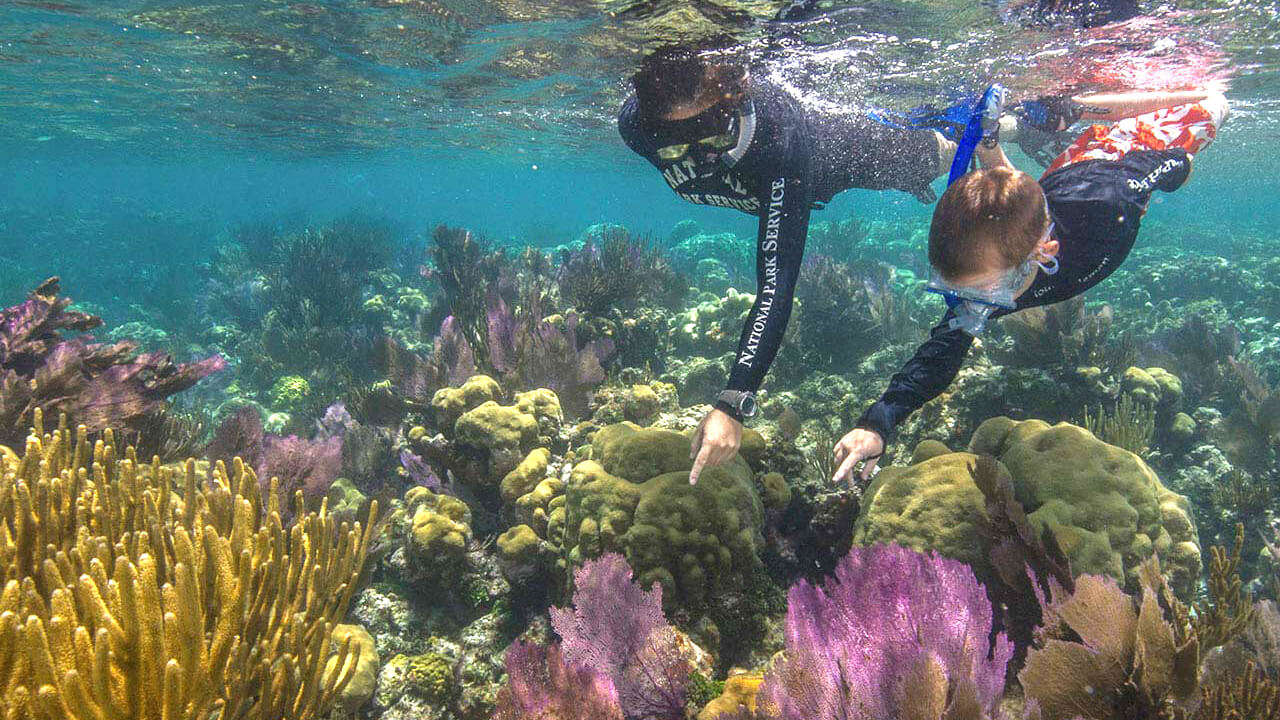
Snorkeling the reef of Dry Tortugas
The clear waters surrounding the islands are also home to the US’s most vibrant coral reefs. Subsequently, one finds some of the best snorkeling and diving sites. Among 30 different species, one can find the Elkhorn coral (Acropora palmata) with its complex antler-like structure. Throughout the coral, endless varieties and rainbows of reef fish court, camouflage, and feed in full view. Some of the predatory fish living here include tarpon, amberjacks and groupers. Excellent visibility allows for sighting the neighborhood ground dwellers, such as sponges, sea stars, and anemones.
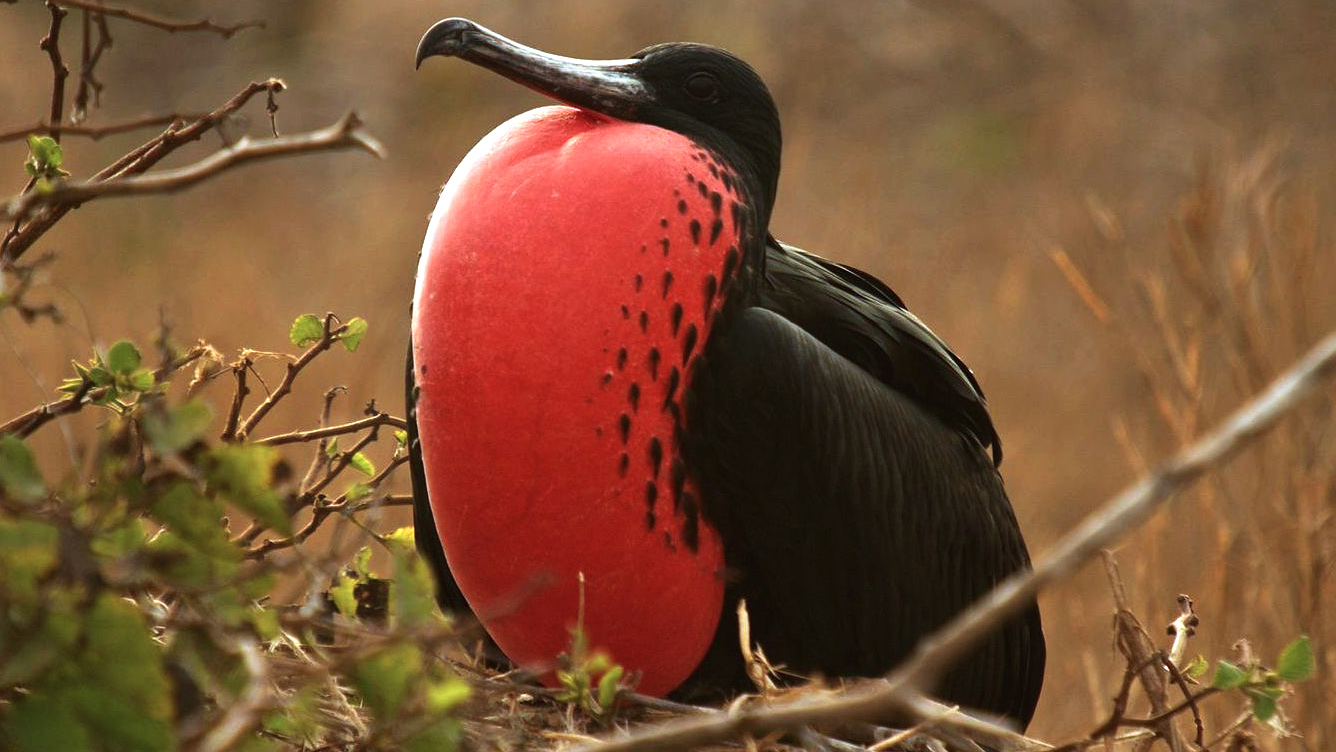
Magnificent Frigatebird
Bird life
A truly rewarding birding destination, the Dry Tortugas is frequented by many seabird colonies. Bush key is 30 acres in size and a well known site for the large tern rookery. It’s also a preferred nesting location for sooty terns and brown noddys. Since 1988 Long Key became the only nesting site for the magnificent frigatebird in the continental US, and is currently home to about 100 nests.
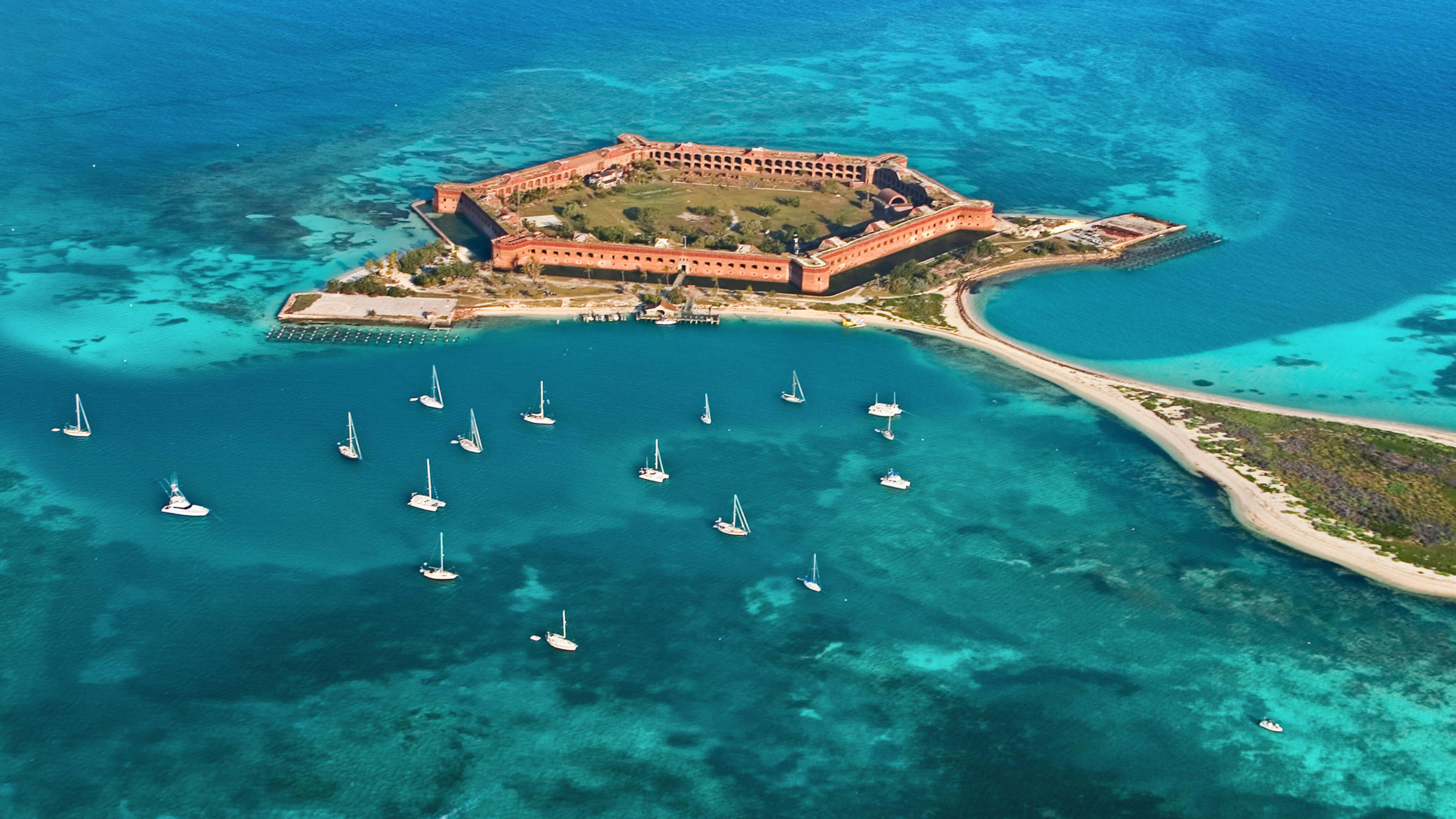
Aerial view of Fort Jefferson
Fort Jefferson
On the white sand beaches of Garden key sits the dominating Fort Jefferson. The impressive hectagon extends out in five directions and boasts the title of largest masonry structure in the Americas. This 19th century fort was constructed to protect the US gateway to the Gulf of Mexico. The low flat islands and surrounding reefs also created many dangerous ship traps. This led to construction of Harbor Light lighthouse in 1825 at the southeastern corner of the fort, and the much taller 150-ft lighthouse to the west on Loggerhead key in 1858.
Fort Jefferson was never completed given the delays of the Civil War and concerns that the weight of more bricks would compromise its stability. Nonetheless, it’s an imposing sight to behold in its dream-like tropical setting, with many of its own interesting secrets to discover.

Silver coin from Nuestra Senora de Atocha wreckage
Shipwrecks and Treasures
Hundreds of years before the construction of forts and lighthouses, Spanish ships frequented the trade route. Proof of the many ships lost to sea here can be found in numerous wreckages around the area. One most famous shipwrecks, explored in 1985 by Mel Fisher and his company, was the Nuestra Senora de Atocha, lost in 1622 to a severe hurricane and driven into the reefs. The recovered $450 million cache which included 40 tons of gold and silver, Spanish coins, Columbian emeralds and more has been coined “The Atocha Motherlode”. Later historical wrecks include the Windjammer site south of Loggerhead key, where the Norwegian Avanti sunk, carrying lumber in 1907, on its way to Uraguay.
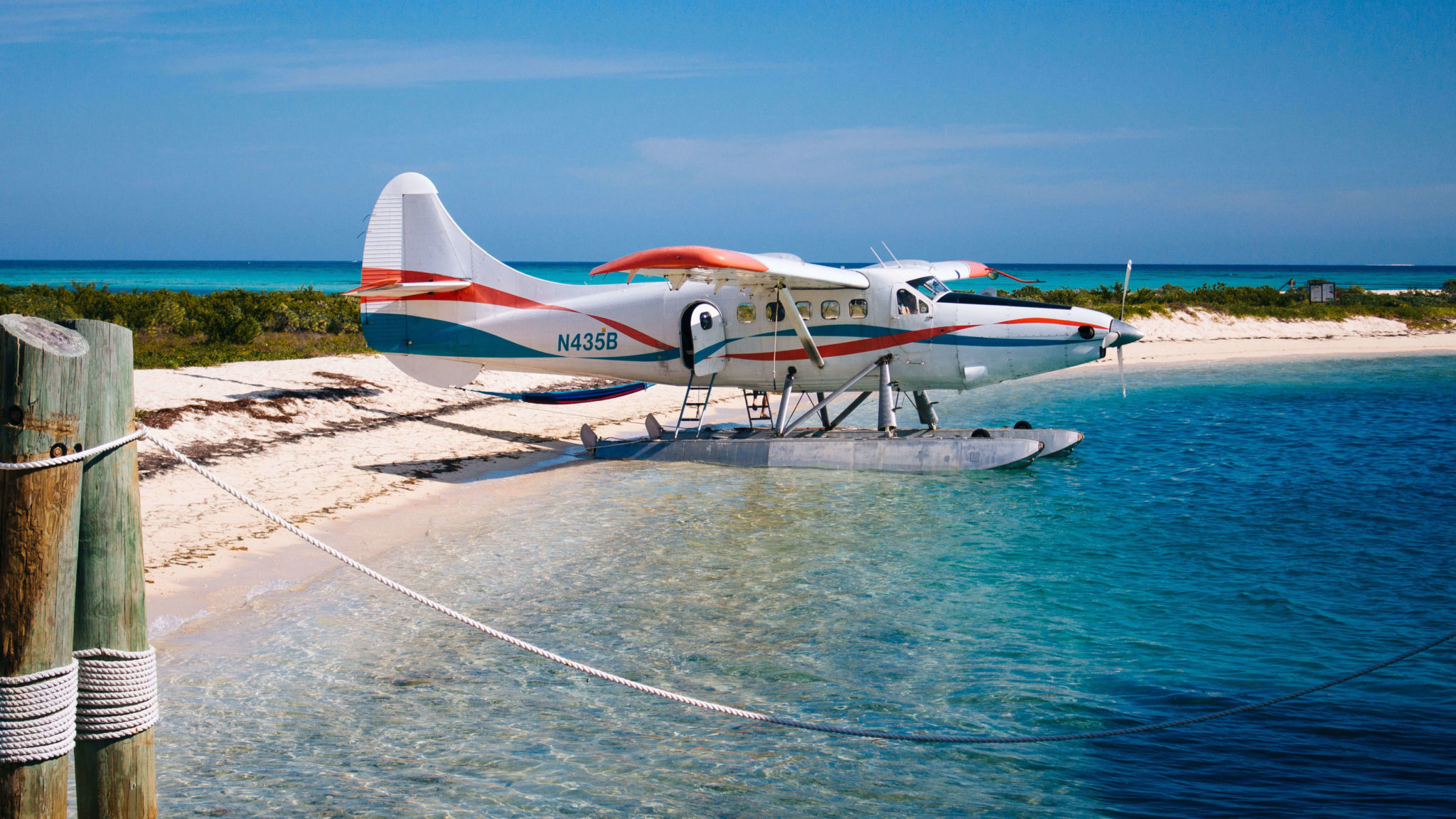
Seaplane at Garden key
A Seaplane Adventure
A visit to the Dry Tortugas by seaplane is unforgettable; a discreet location, beautiful wildlife, intriguing structures and more, all wrapped up in a 7-island array south of Florida.
Our new Florida Everglades & Key West Multi Active Adventure features an optional day trip to snorkel and tour the historic Fort Jefferson. The tour is a fantastic and unique way to experience Florida, the Keys and culminating at Dry Tortugas National Park.
We hope to meet you on the road less traveled soon!
See tours in North America
Cycle & kayak
the coast of Maine
Alaska & the Yukon
Bike & Kayak Adventure
Special photo thanks to Andrew Turner – Magnificent Frigate bird and Vegasgeek – Nuestra Senora de Atocha coin


